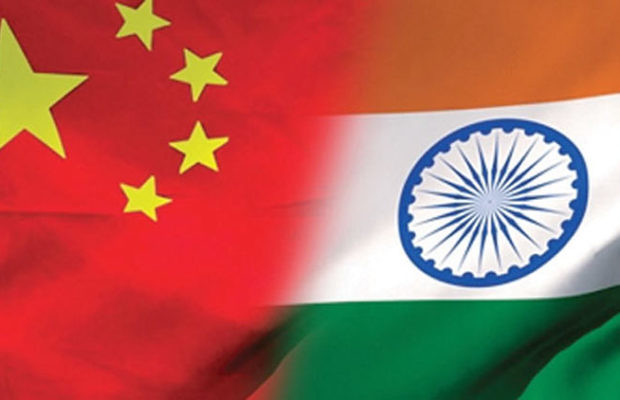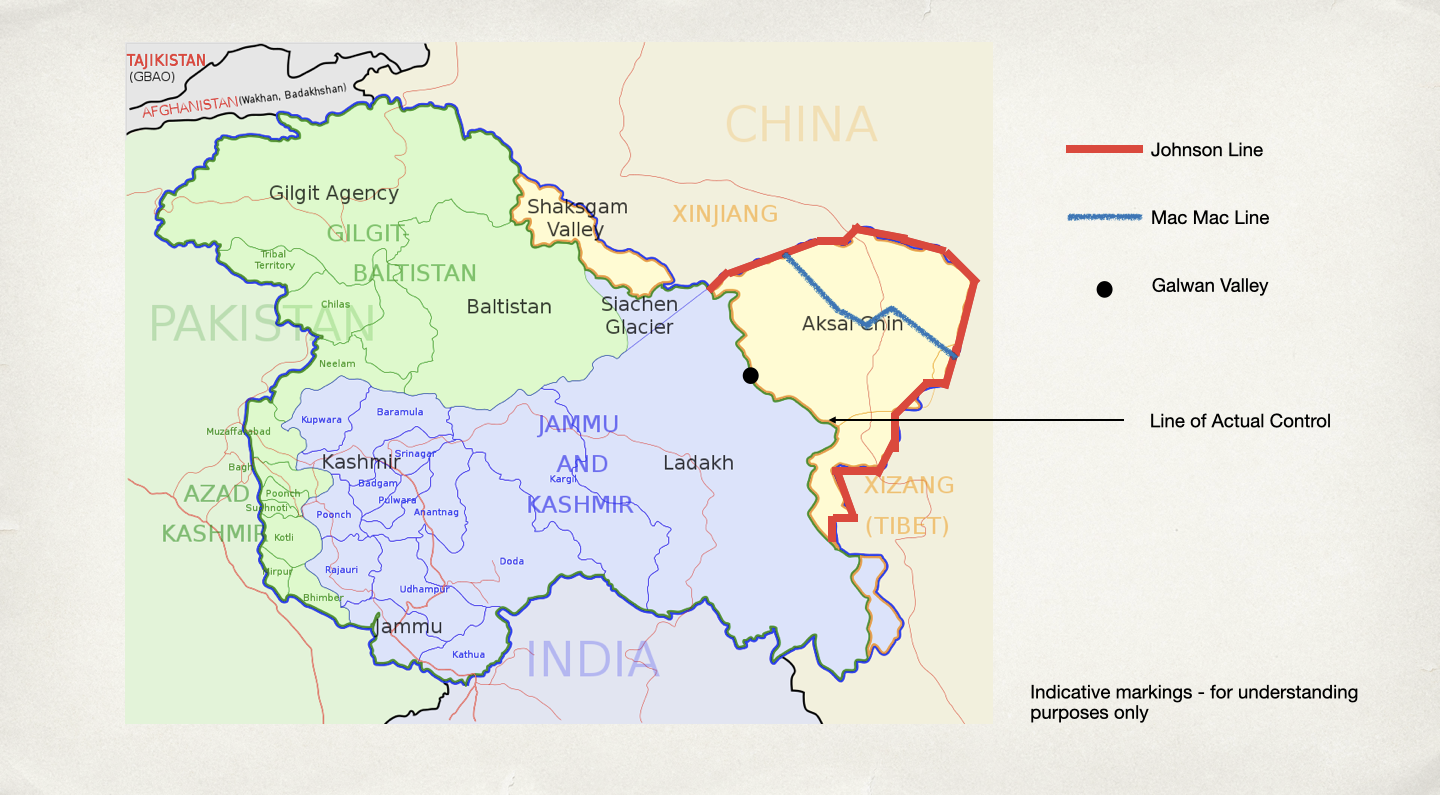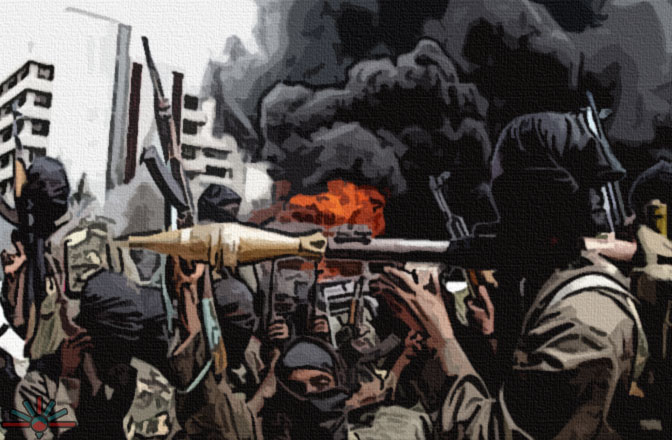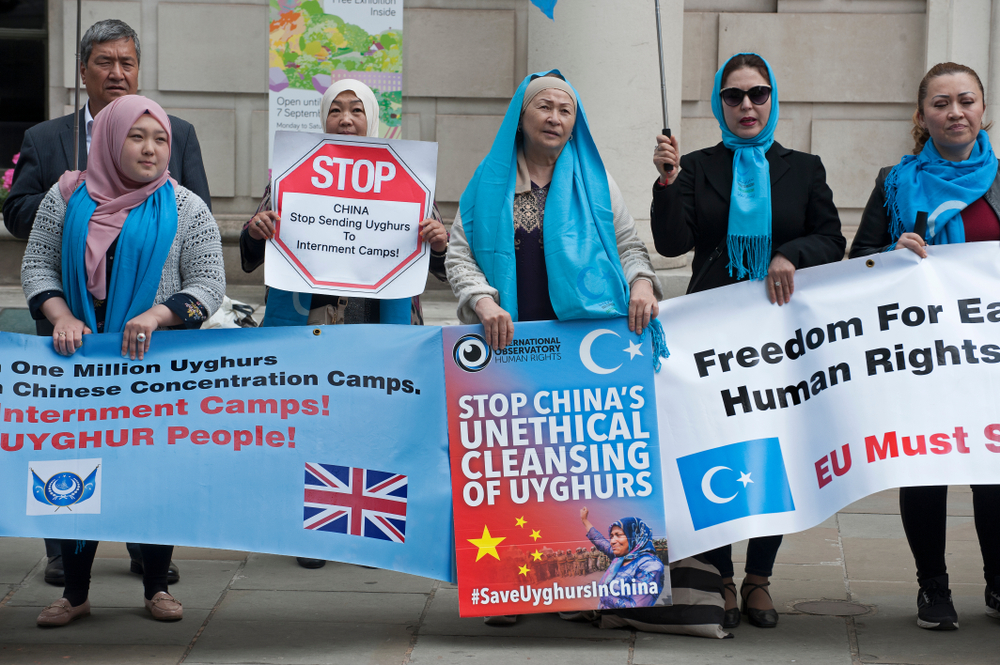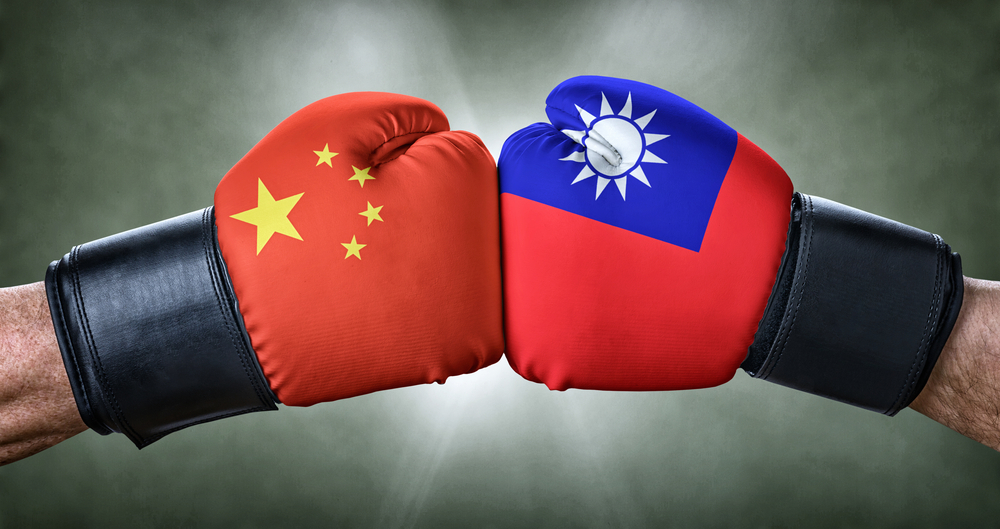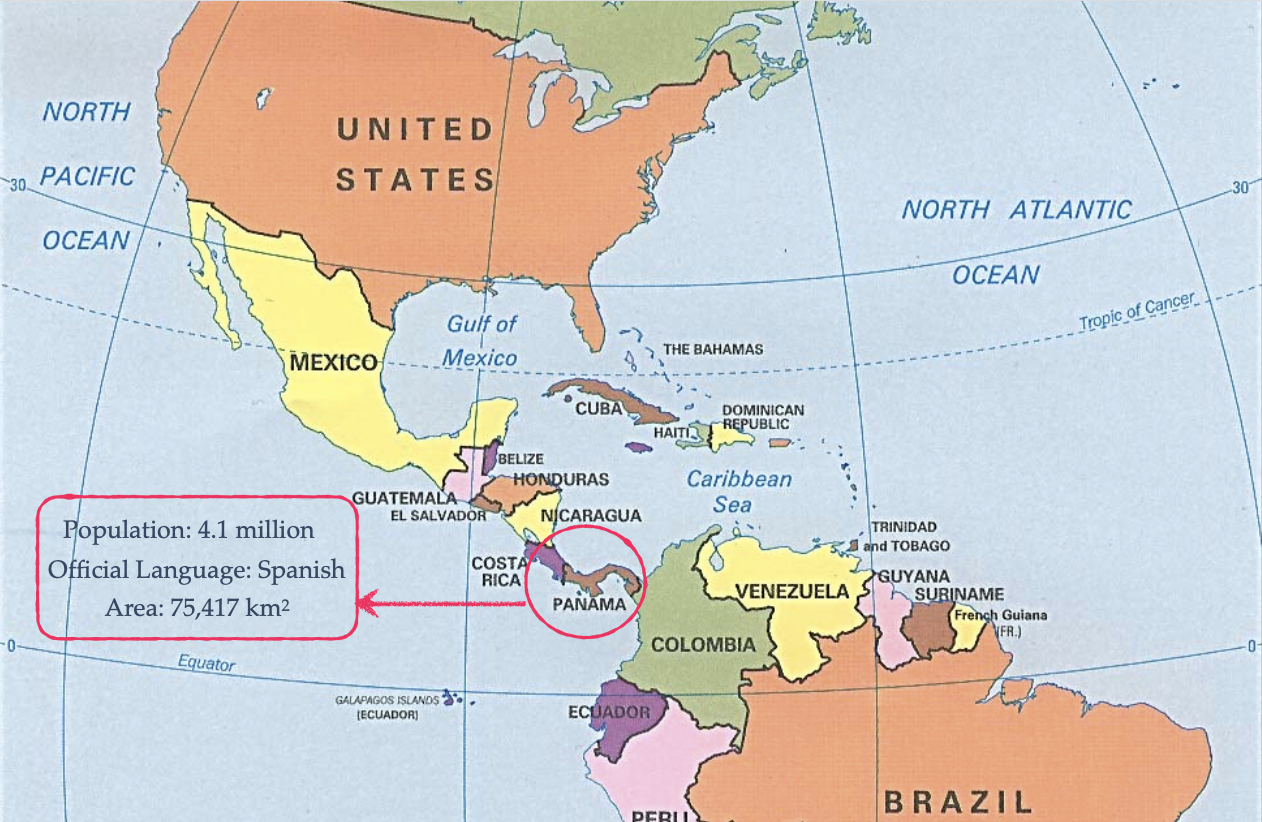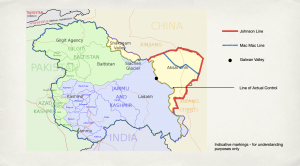Reading Time: 2 minutes
This is Part 2 of a 2-Part series. In Part 1, we covered the reasons for disagreement on what defines the LAC (Line of Actual Control). In this part, we explore what led to the recent deadly clash at Galwan.
- On 15 June 2020, Chinese and Indian troops clashed in the Galwan Valley, leading to casualties on both sides.
- This was an escalation of the tensions that had been building since mid-May 2020, when China started construction on a disputed piece of land in Galwan Valley.
- Satellite images showed a white tent on a piece of land, which both countries claim is theirs.
- China claims that Chinese troops have been on duty in this region for many years but India says that China has always (before this incident) acknowledged Galwan to be a part of India.
- India argues that it had been constructing roads and infrastructure in this region for a decade and China never objected to it, making it clear that it accepted Galwan to be a part of India.
- Analysts also say that even if China’s claim was right, the presence of a white tent was a breach of the 1993-treaty, which prohibits both countries from having any troops in the region.
- The reasons for China’s change in stance on Galwan and the supposed breaching of the 1993-treaty are still unclear.
- But analysts believe it has to do with India’s repealing of Article 370, which gave it autonomy on the region of Jammu & Kashmir.
- This, along with India’s construction of 250+ km road near the LAC, is being read by China as India’s attempt to challenge China’s occupation of Aksai Chin.
- China is suspicious that the 250+ km road that runs up to the world’s highest airstrip, Daulat Beg Oldi has been built by India to ease the movement of soldiers in case India decides to attack China to take back Aksai Chin.
- Then there is a second school, which believes that this has resulted from China’s growing dissatisfaction with President Xi Jinping and his management of political affairs and the COVID-19 situtation.
- And this display of bullying behaviour across various regions including South China Sea, East China Sea and the Indian border is a part of the strategy to distract the Chinese people.
Image courtesy of BMN Network through Flickr
Reference shelf :

